The 56th edition of SPFW – São Paulo Fashion Week, which took place between November 8 and 12 at Shopping Iguatemi and Komplexo Tempo, in the Brazilian capital São Paulo, brought together 38 brands that presented their collections.
The scorching heat that has been plaguing the country left a trail of discomfort among those present, especially in the Mooca space, where the air conditioning was rarefied and/or non-existent. Apart from the structural and logistical problems (15 kilometres separate the Shopping Centre from the Mooca venue, and traffic in São Paulo is particularly gruelling at peak times), the event flowed smoothly, with most of the shows being solid and well prepared.
One highlight of this edition of SPFW was the reinforcement of the Brazilian identity, seen in almost all the collections, which emphasised craftsmanship, even in small details. Typical NE lace, embroidery, fringes, macramé and crochet were under the spotlight.
Focus on expressions of hand-made art
Crochet, macramé and knitting are particularly strong in the collection of designer João Maraschin, who took the other path (his brand has a strong presence abroad and he has only recently brought it to Brazil), creating, in his words, “a marriage between craftsmanship and design”. Embroidery appears throughout the garments in the collection, transforming them into prints, as does macramé, which is used to weave dresses.
Crochet is the main raw material for Ateliê Mão de Mãe, which has come up with a collection that mixes the refined technique with tailored umbrella skirts, tunics and long skirts with flower appliqués. Another designer who made crochet his departure point was David Lee, with a catwalk full of colours and crochet strips in tressé, forming tops. Crochet also made a strong appearance at the Sou de Algodão fashion show, which featured a combination of designers working for the organisation, which encourages the use of sustainable cotton. In addition to thread and plain fabrics, cotton was also used in denim, in various pieces.
De Pedro’s men’s collection featured embroidery and patchwork fabrics on trousers and shirts. Cotton piqué was used in jackets. The designer works with the organisation Local Productive Arrangements in the north-east of Brazil, with support from Sebrae. Foz, from Alagoas, brought lace, embroidered piping and openwork embroidery. Filé lace was used in dresses, which were also crocheted. The prints were reminiscent of Northeastern naif art. Ceramic fringes complemented dresses and accessories. Marina Bitu presented dresses in fabric petals and hollowed-out Brazilian ruching material fuxico, feathers and ceramic elements. Santa Resistência presented embroidery, macramé and crochet.
Buscando a alegria
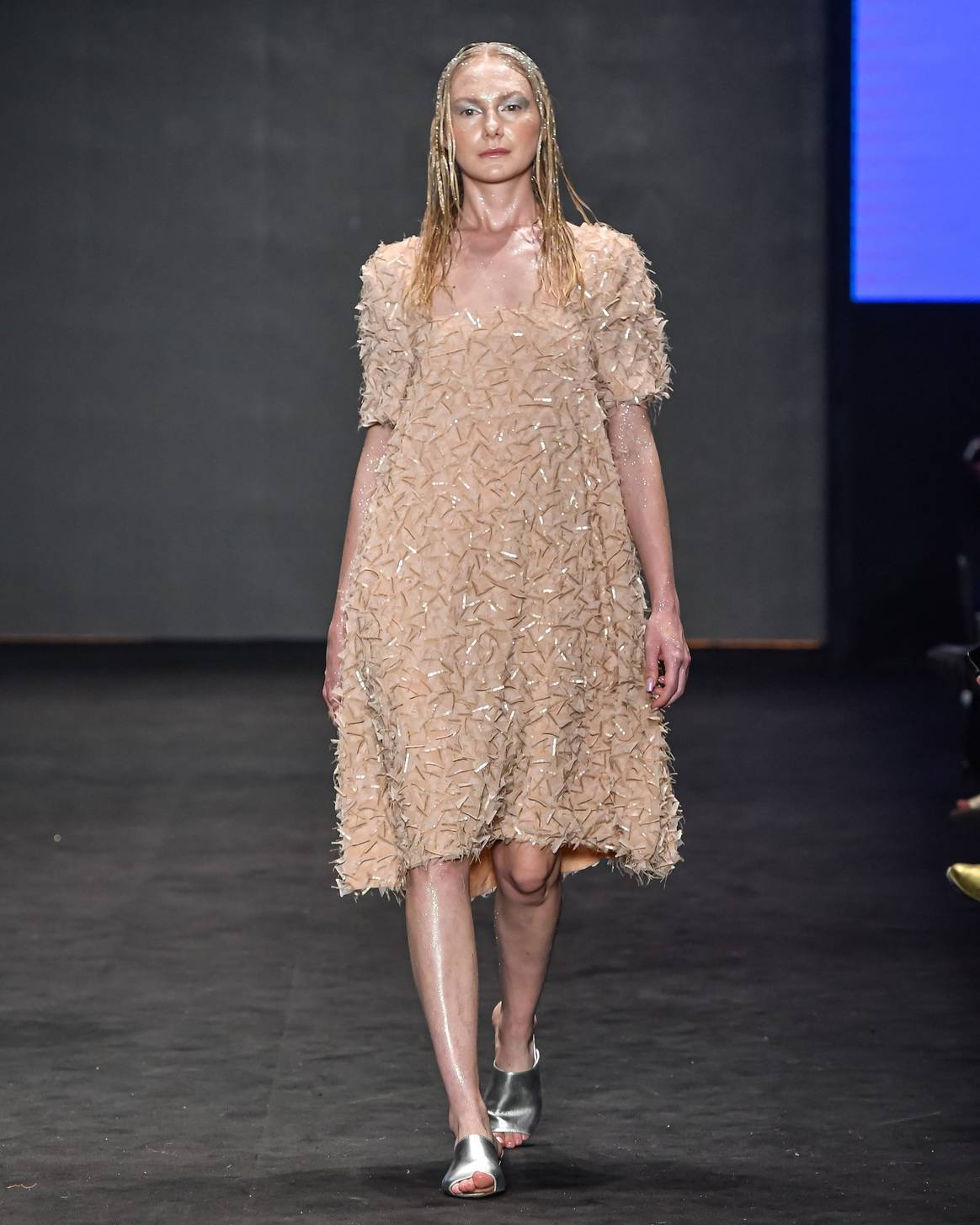
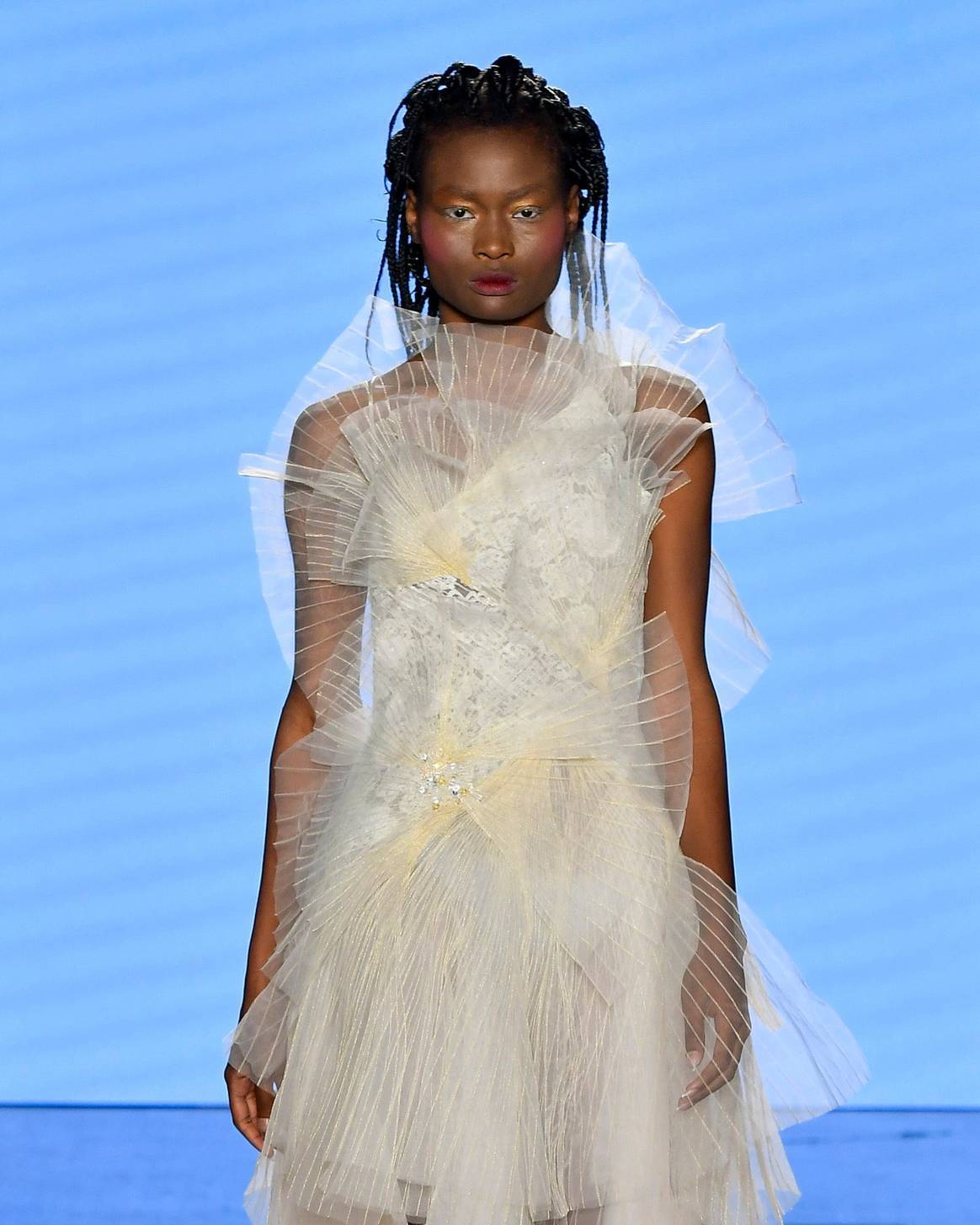
After years of loneliness and isolation, this season’s fashion showed itself in vibrant colours. Few labels used black or more muted colours. What we saw was an explosion of colours, as seen in the prints by The Paradise, in the shades of blue by Apartamento 03 and Weider Silvério and in the men’s pieces by DePedro.
Sparkles, as if life were an eternal quest for the party, were present in João Pimenta’s elaborate gold embroidery, Walério Araújo’s mix of gold and silver, Patrícia Vieira’s metallised leather, Renata Buzzo’s embroidered fabrics with piping and, of course, at Lino Villaventura, in the small, precious details. Handred also showed sparkles in pieces with crystals applied like beads.
Shapes, comfort and tailoring
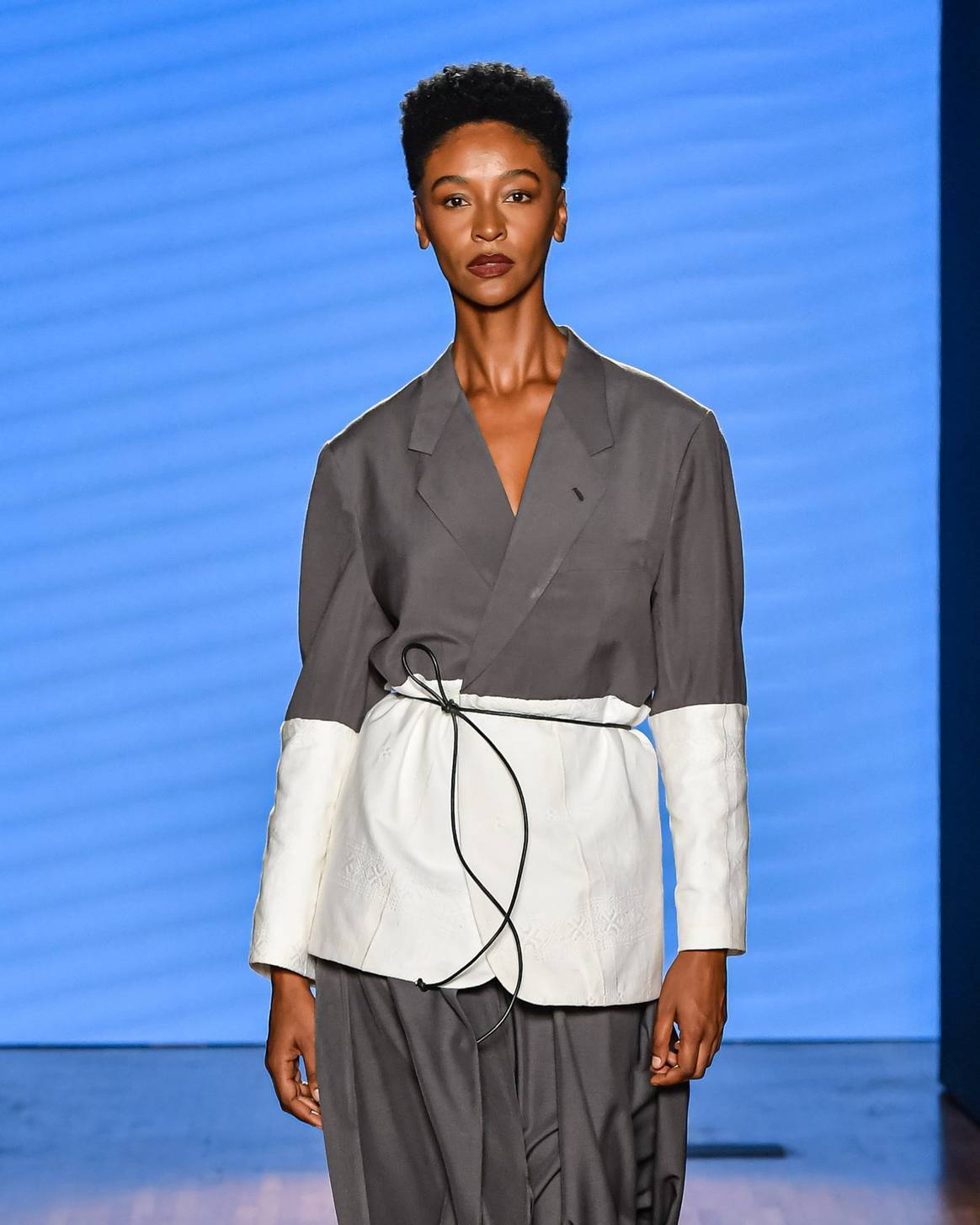
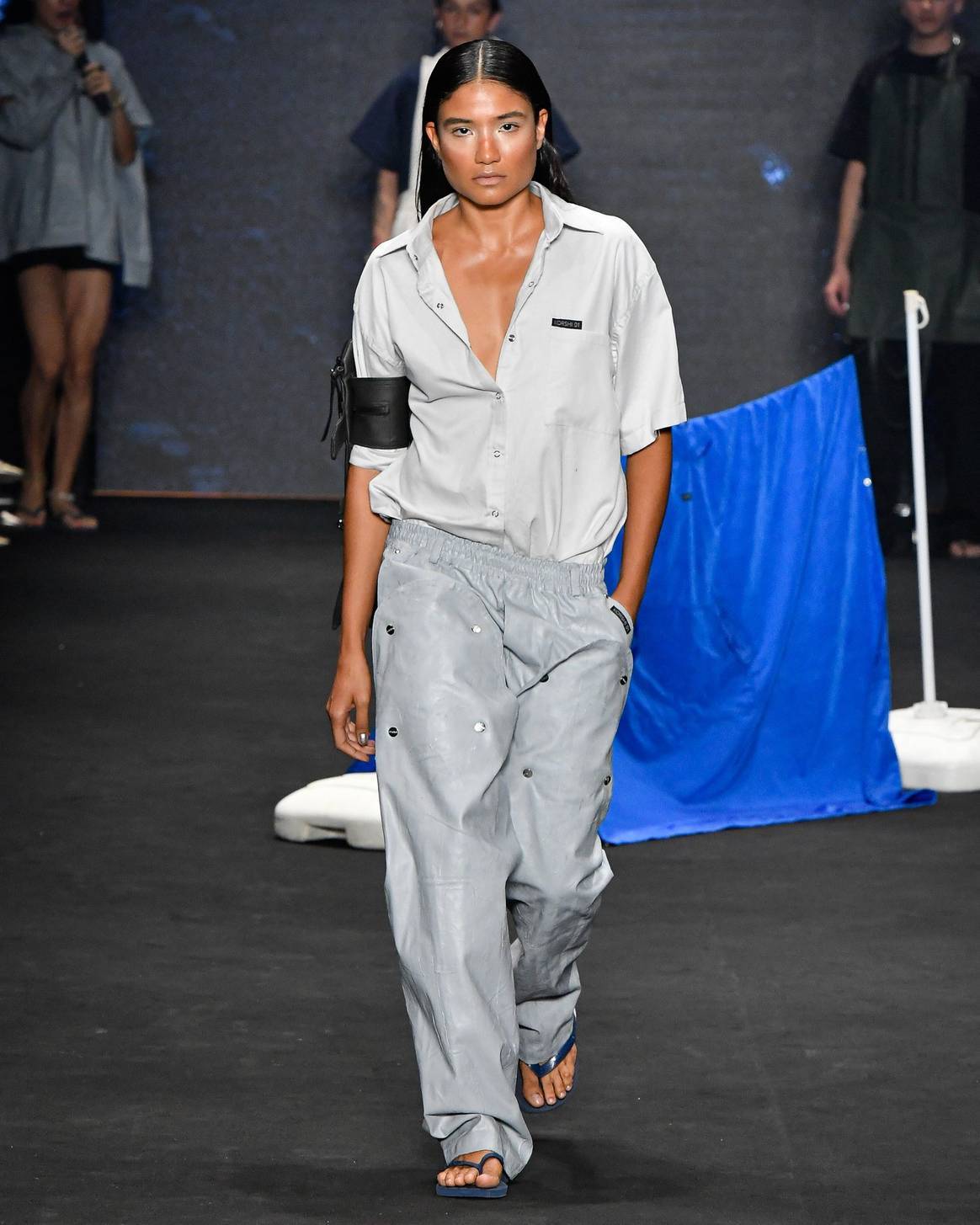
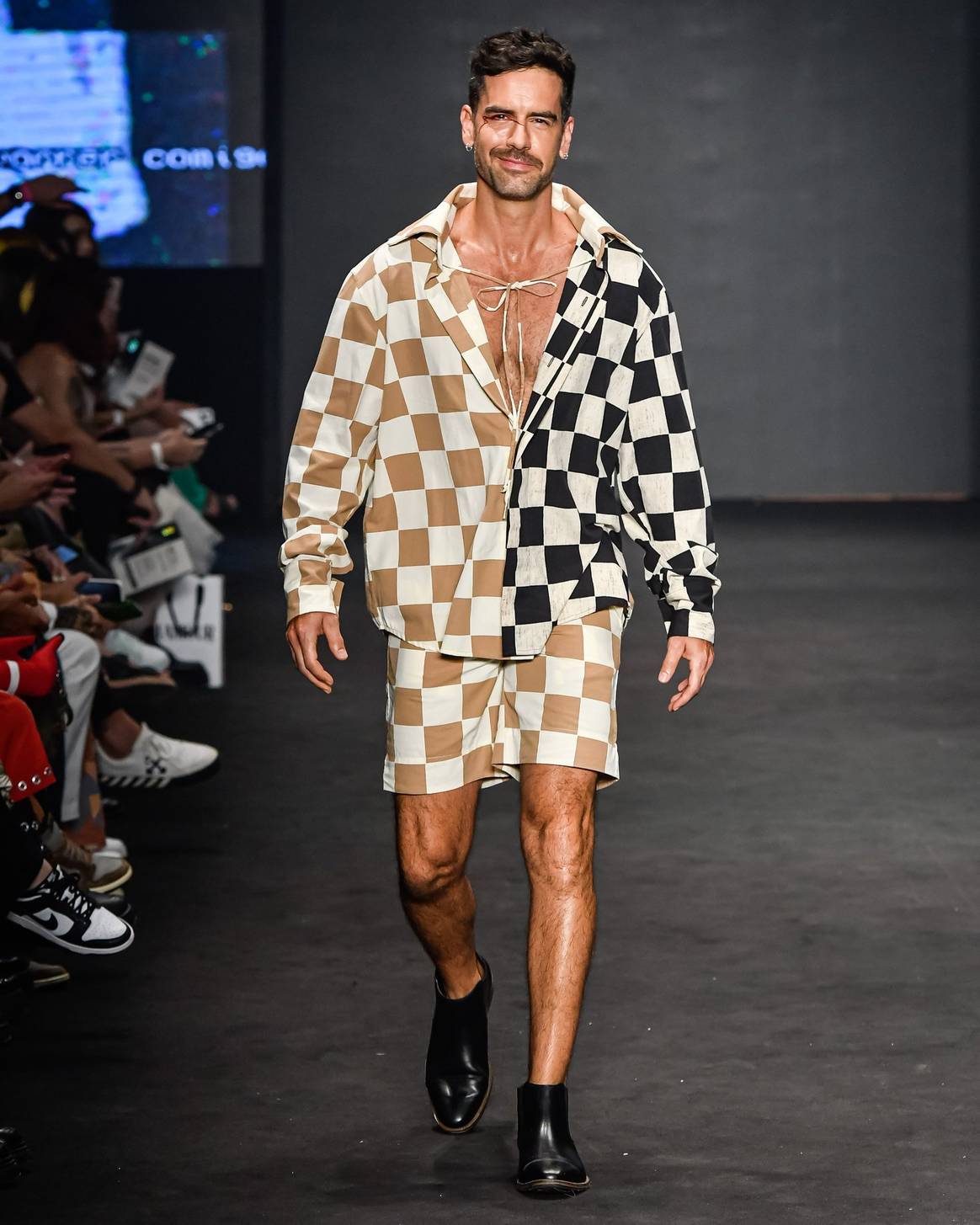
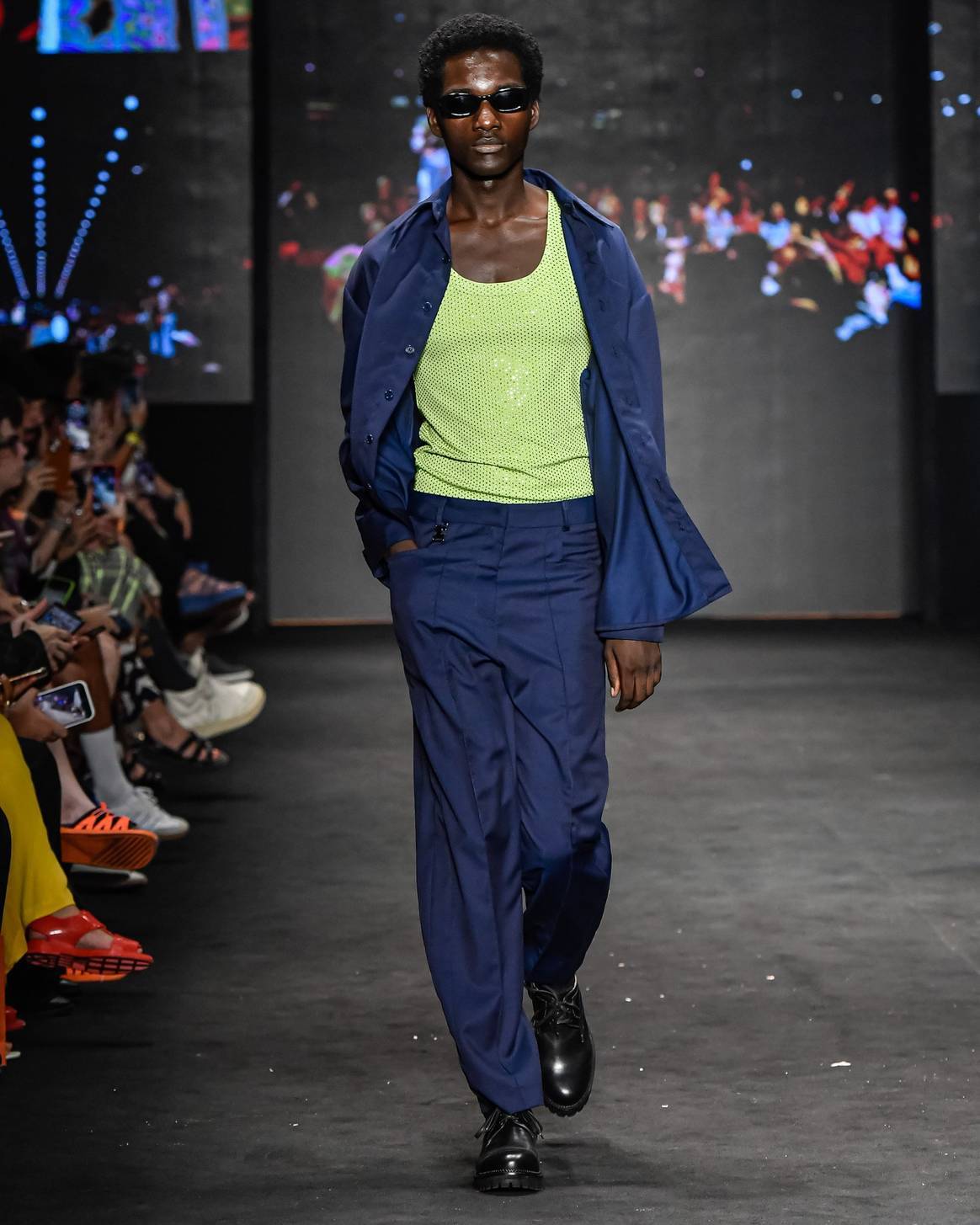
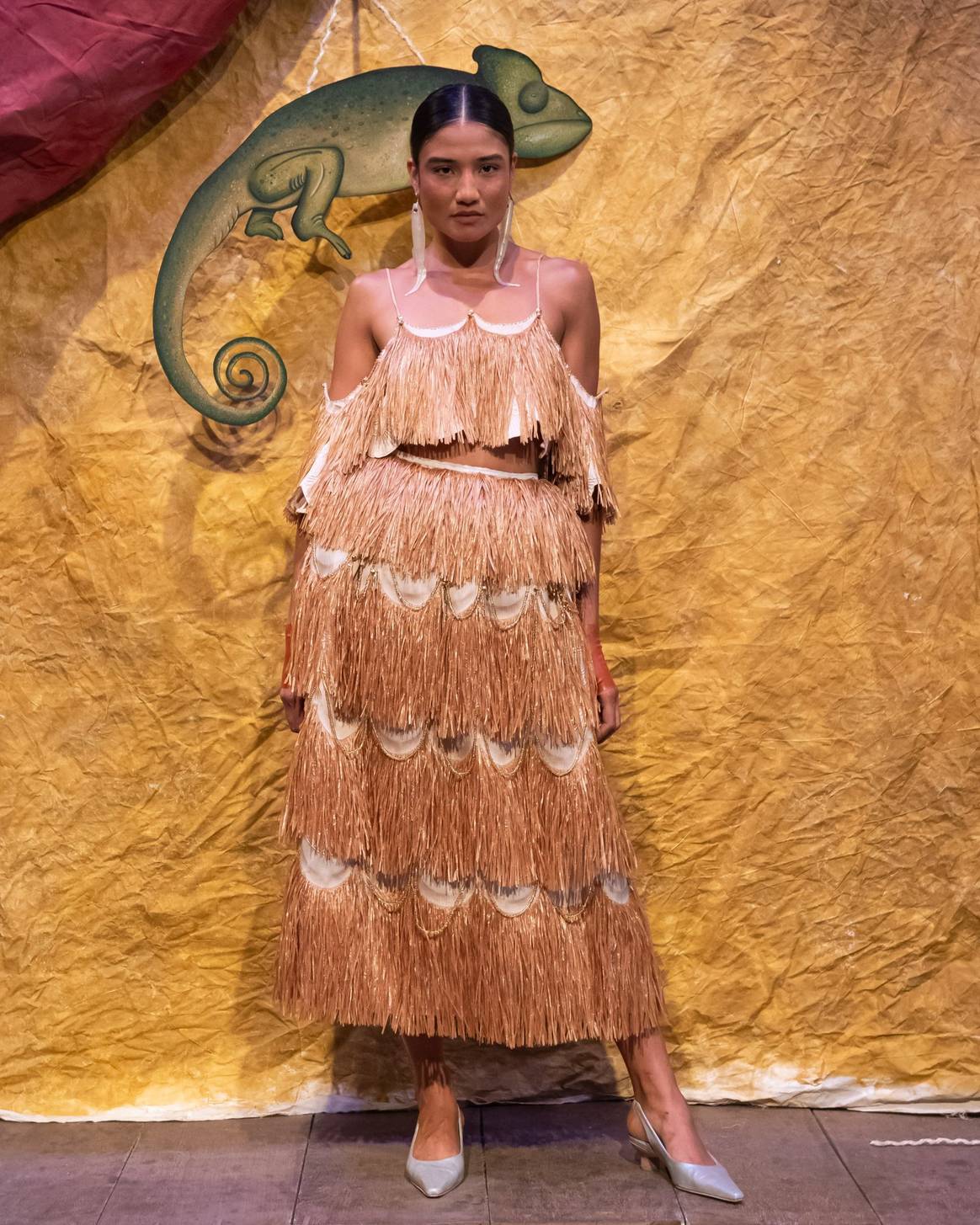
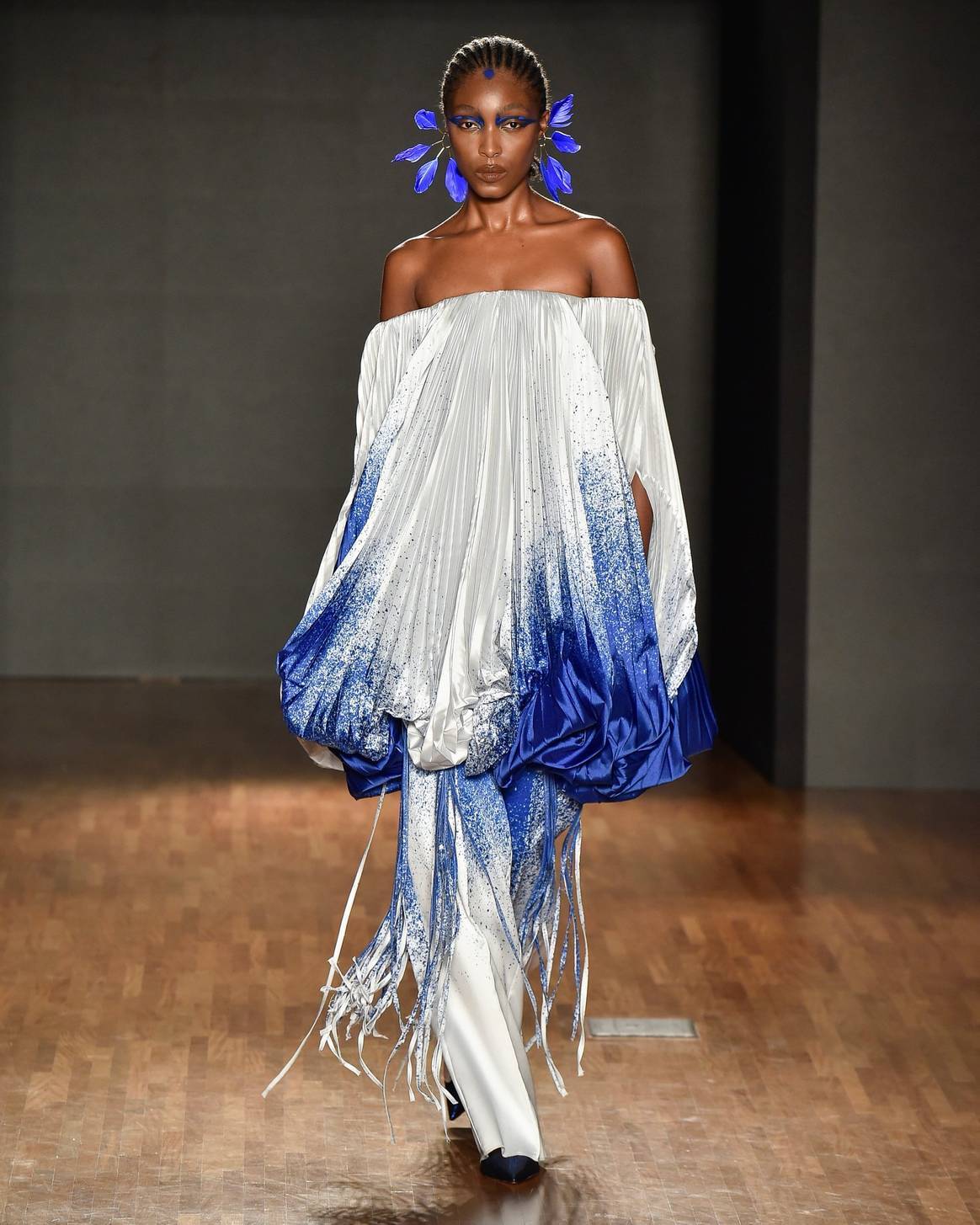
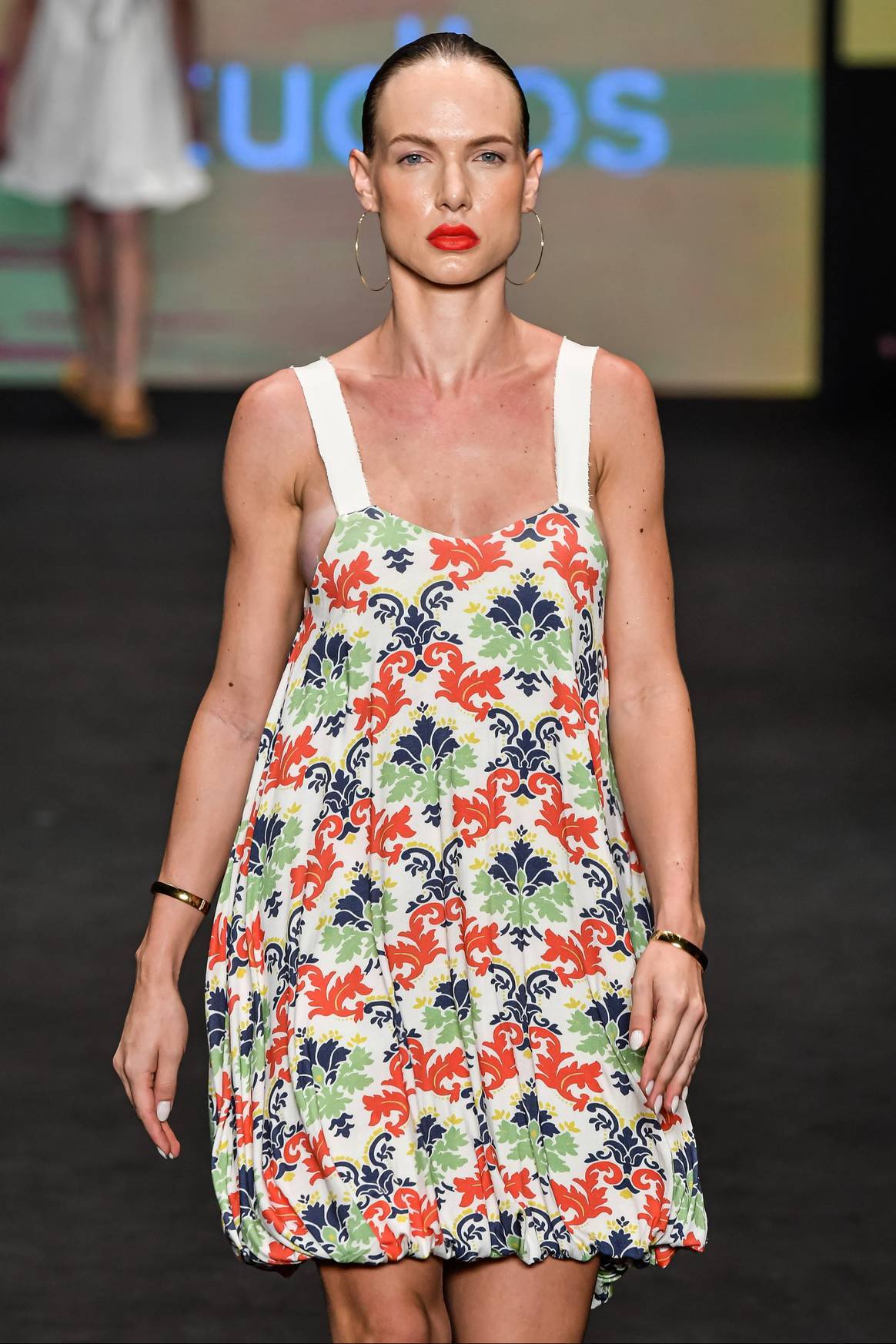

What we saw was fashion that, while on the one hand seeks to be glamorous, on the other, doesn’t give up the comfort it has gained over the last three years. Wide, geometric shapes and a style focused on comfort, even in tailoring, were featured on the catwalks of Angela Brito, Korshi 01, Rafael Caetano, Helô Rocha and Hist. João Pimenta worked with sable tailoring and handloom. Skirts, blouses, dresses and tunics, in almost all the collections shown, bore the balloon effect that was so in vogue in the 1980s. This could be seen in the shows of Apartamento 03, T.A. Studio and Rocio Canvas.
This article was originally published on FashionUnited.com.BR. Translation and edit: Veerle Versteeg.



